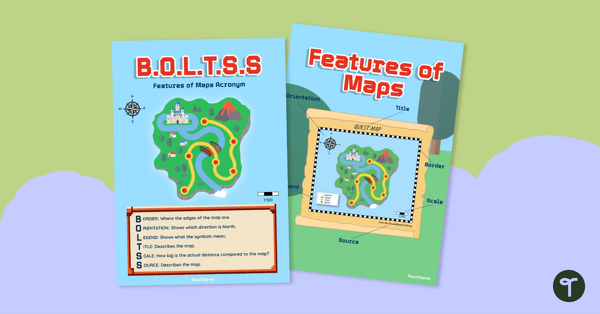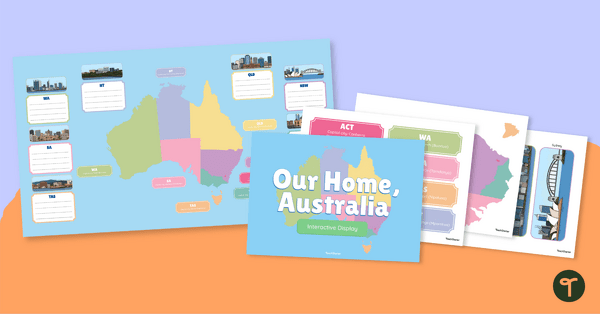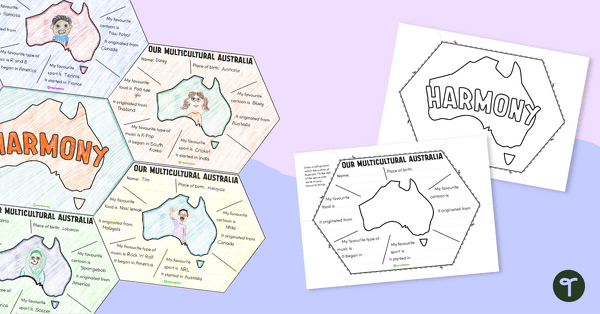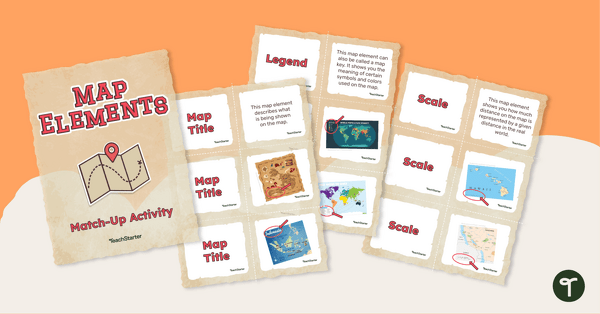Year 3
Diverse communities and places and the contribution people make
The Year 3 curriculum focuses on the diversity of people and places in their local community and beyond, and how people participate in their communities. Students study how places are represented geographically and how communities express themselves culturally and through civic participation. Opportunities are provided to learn about diversity within their community, including the Country/Place of Aboriginal and Torres Strait Islander Peoples, and about other communities in Australia and neighbouring countries. Students compare the climates, settlement patterns and population characteristics of places, and how these affect communities, past and present. Students examine how individuals and groups celebrate and contribute to communities in the past and present, through establishing and following rules, decision-making, participation and commemoration.
The content provides opportunities for students to develop humanities and social sciences understanding through key concepts including significance; continuity and change; cause and effect; place and space; interconnections; roles, rights and responsibilities; and perspectives and action. These concepts may provide a focus for inquiries and be investigated across sub-strands or within a particular sub-strand context.
The content at this year level is organised into two strands: knowledge and understanding, and inquiry and skills. The knowledge and understanding strand draws from three sub-strands: history, geography and civics and citizenship. These strands (knowledge and understanding, and inquiry and skills) are interrelated and have been developed to be taught in an integrated way, which may include integrating with content from the sub-strands and from other learning areas, and in ways that are appropriate to specific local contexts. The order and detail in which they are taught are programming decisions.
Inquiry Questions
A framework for developing students' knowledge, understanding and skills is provided by inquiry questions. The following inquiry questions allow for connections to be made across the sub-strands and may be used or adapted to suit local contexts: inquiry questions are also provided for each sub-strand that may enable connections within the humanities and social sciences learning area or across other learning areas.
- How do symbols, events, individuals and places in my community make it unique?
- How do people contribute to their communities, past and present?
- What events do different people and groups celebrate and commemorate and what does this tell us about our communities?
(source: www.australiancurriculum.edu.au)
Achievement Standard
By the end of Year 3, students identify individuals, events and aspects of the past that have significance in the present. They identify and describe aspects of their community that have changed and remained the same over time. They describe the diverse characteristics of different places at the local scale and identify and describe similarities and differences between the characteristics of these places. They identify connections between people and the characteristics of places. Students explain the role of rules in their community and the importance of making decisions democratically. They identify the importance of different celebrations and commemorations for different groups. They explain how and why people participate in and contribute to their communities.
Students pose questions and locate and collect information from sources, including observations, to answer these questions. They examine information to identify a point of view and interpret data to identify and describe simple distributions. They draw simple conclusions and share their views on an issue. They sequence information about events and the lives of individuals in chronological order. They record and represent data in different formats, including labelled maps using basic cartographic conventions. They reflect on their learning to suggest individual action in response to an issue or challenge. Students communicate their ideas, findings and conclusions in oral, visual and written forms using simple discipline-specific terms.
(source: www.australiancurriculum.edu.au)
Achievement Standard
By the end of Year 3, students identify individuals, events and aspects of the past that have significance in the present. They identify and describe aspects of their community that have changed and remained the same over time. They identify the importance of different celebrations and commemorations for different groups.
Students sequence information about events and the lives of individuals in chronological order. They pose questions about the past and locate and collect information from sources (written, physical, visual, oral) to answer these questions. They analyse information to identify a point of view. Students develop texts, including narrative accounts, using terms denoting time.
(source: www.australiancurriculum.edu.au)
Achievement Standard
By the end of Year 3, students describe the location of the states and territories of Australia, the location of selected Aboriginal and Torres Strait Islander Countries/Places and selected countries neighbouring Australia. They describe the characteristics of different places at local scales and identify and describe similarities and differences between the characteristics of these places. They identify connections between people and the characteristics of places and recognise that people have different perceptions of places.
Students pose geographical questions and locate and collect information from different sources to answer these questions. They record and represent data in tables and simple graphs and the location of places and their characteristics on labelled maps that use the cartographic conventions of legend, title and north point. They describe the location of places and their features using simple grid references and cardinal compass points. Students interpret geographical data to identify and describe distributions and draw conclusions. They present findings using simple geographical terminology in a range of texts. They reflect on their learning to suggest individual action in response to a geographical challenge.
(source: www.australiancurriculum.edu.au)
Achievement Standard
By the end of Year 3, students explain the role of rules in their community and the importance of making decisions democratically. They describe how people participate in their community as active citizens.
Students pose simple questions about the society in which they live. They collect information from sources to answer these questions. They examine information to identify a point of view and draw simple conclusions. Students share their views on an issue and describe how they participate in a group. They present their ideas and conclusions in oral, visual and written forms using civics and citizenship terms.
(source: www.australiancurriculum.edu.au)
- Plus Plan

Timeline of Aboriginal and Torres Strait Islander People 66 000 BCE to 1788 CE - Banner
A four-page timeline of the history of Aboriginal and Torres Strait Islander people between 66 000 BCE and 1788 CE.
- Plus Plan

East Asian Dragon Art Activity
Print a creative Chinese dragon art activity for kids to celebrate Lunar New Year in the classroom.
- Plus Plan

Australian Landform Map
A map of Australia showing the major landforms.
- Plus Plan

B.O.L.T.S.S Features of Maps Posters for the Classroom
Teach the BOLTSS mnemonic and explore the features of maps using this set of colourful classroom posters.
- Free Plan

I Am Sorry – Poem and Discussion Questions
A poem to promote thoughtful discussion around issues of reconciliation on National Sorry Day.
- Plus Plan

The Australian Aboriginal Flag Poster and Worksheet
Print this Australian Aboriginal Flag poster and worksheet for your classroom.
- Plus Plan

The Natural Environment of South America PowerPoint
A 17 slide editable PowerPoint template to use when introducing students to the climate, vegetation and animals of South America.
- Free Plan

Australian Map Puzzle
Help your students build understanding of the map of Australia with this interactive game.
- Plus Plan

Rio de Janeiro - Reading Comprehension Activities
Take your students on a trip to Rio de Janeiro with engaging reading comprehension activities and Carnival Mask template.
- Plus Plan

'Lest We Forget' Poppy Wreath Template
Create a beautiful poppy wreath with a printable Anzac Day craft template.
- Plus Plan

Remembrance Day Craft - Poppy & Flag Agamograph
Create an amazing optical illusion with this printable Remembrance day craft activity.
- Plus Plan

My Personal Timeline - Project Template
Apply knowledge of chronological order while students create a personal timeline highlighting important milestones.
- Plus Plan

The Continent of Australia - Mini-Book
Explore the wonders and delights of the continent of Australia with this informative printable mini-book.
- Plus Plan

Climate Zones of the World – Poster Pack
Learn about different climate types with this set of 6 printable posters.
- Plus Plan

Australian States, Territories and Capital Cities - Class Display
Brighten up your classroom bulletin boards with a vibrant and informative classroom display about Australia’s states and territories.
- Plus Plan

Our Home, Australia Brochure - Template
Explore the six states and two territories of Australia with this informative brochure template.
- Plus Plan

Christmas Gift Tags - Aboriginal
A template for creating First Nations-themed Christmas gift tags featuring authentic Aboriginal designs.
- Plus Plan

National Sorry Day Teaching Presentation
A 13-slide editable PowerPoint template that provides an overview of National Sorry Day.
- Plus Plan

Celebrations Around The World - Fact Sheet Pack
A pack of 6 fact sheets detailing different celebrations around the world.
- Free Plan

Australia Day Fact Sheet
A fact sheet covering important facts and traditions of Australia Day.
- Free Plan

Map of Indonesia
Familiarise your students with Australia’s neighbouring countries with this detailed map of Indonesia.
- Plus Plan

Our Multicultural Australia – Harmony Day Display
A connecting display for students to list their favourite things and where in the world each comes from.
- Free Plan

Harmony Day Vocabulary Flip Books
Use this template with your students to discuss vocabulary associated with Harmony Day.
- Plus Plan

Red Poppy Template
Use a paper poppy craft template to make a poppy for Anzac Day and Remembrance Day.
- Free Plan

Weather Word Wall Vocabulary
Use this teacher-created weather resource to teach weather vocabulary. Build a weather word wall with your students during your weather lessons.
- Plus Plan

Features of Maps - Teaching Presentation
Explore the most common features of maps with this engaging teaching presentation.
- Plus Plan

Rules Around Us - Sorting Activity
Identify rules at home, in school and around the community with a sorting activity.
- Plus Plan

Elements of a Map Match-up Activity
Use knowledge of the features of a map with this map element matching game.
- Plus Plan

Religious Celebrations and Observances – Posters
A set of posters explaining the significance and traditions of various religious observances.
- Plus Plan

Anzac Day Assembly PowerPoint
A 10-slide editable PowerPoint template that provides an overview of Anzac Day.
- Plus Plan

The Natural Environment of Africa PowerPoint
A 17 slide editable PowerPoint template to use when introducing students to the climate, vegetation and animals of Africa.
- Plus Plan

Blank Map of Western Australia - Template
Record and represent data about the location of significant places with this printable blank map of the Australian state of Western Australia.